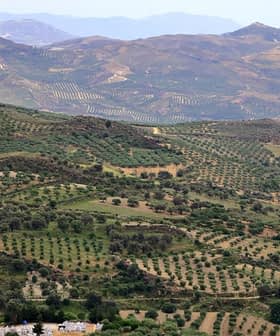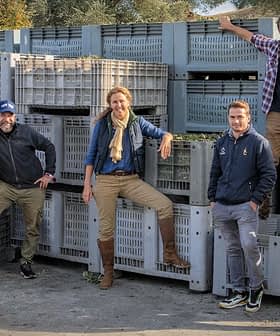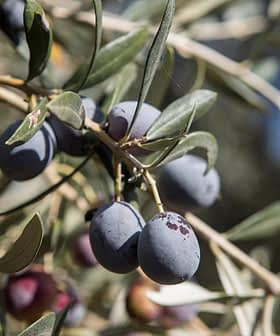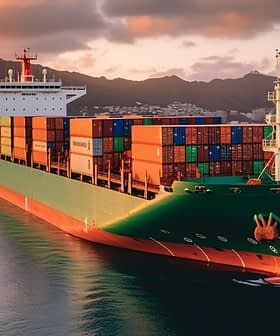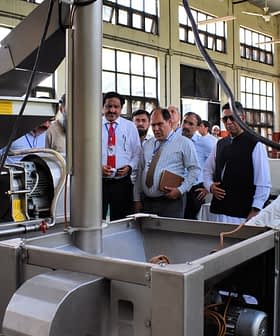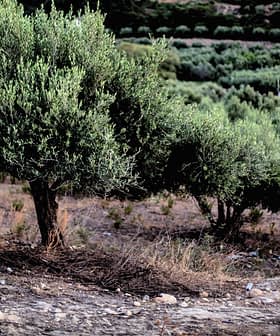Moroccan Producers Face Third Straight Year of Declining Production
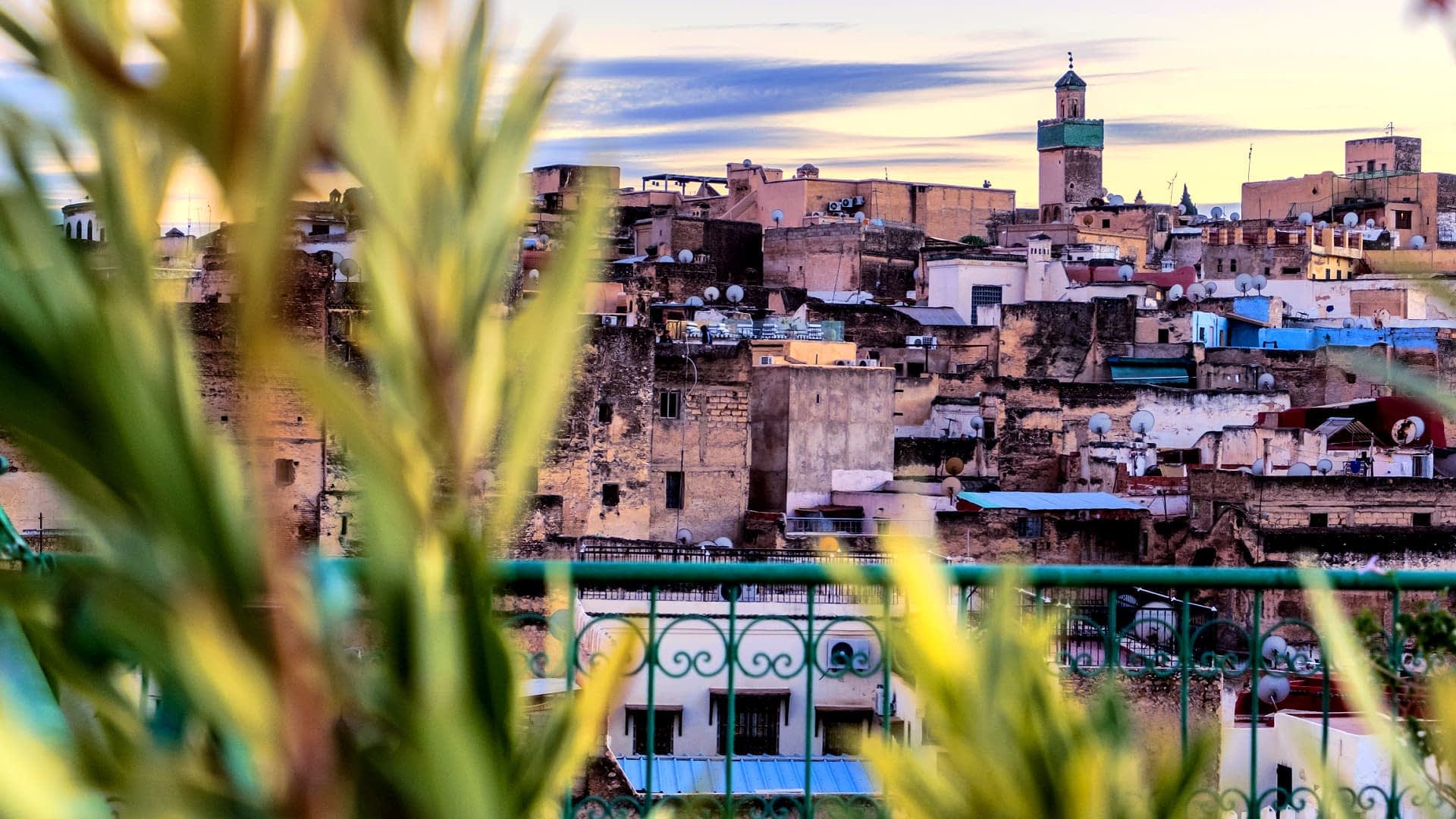
Persistent drought and high temperatures have led to a significant decline in olive oil production in Morocco, with estimates indicating a production of 90,000 metric tons in the 2024/25 crop year, well below the five-year average. This has resulted in soaring local prices, prompting the government to suspend import duties on extra virgin olive oil and introduce export regulations, while consumer protection groups express concerns about rising prices and potential fraud in the market.
Morocco is facing a significant decline in olive oil production due to persistent drought and high temperatures during the flowering period.
According to preliminary estimates from the International Olive Council, Morocco will produce 90,000 metric tons of olive oil in the 2024/25 crop year, significantly below the five-year average of 141,600 tons.
“Morocco is facing a severe drought that has lasted for six years now,” a local farmer who declined to be identified told Olive Oil Times. “This prolonged dry period has caused significant challenges for our agricultural sector, affecting crop yields and water availability.”
See Also:2024 Harvest UpdatesAccording to Rachid Benali, the Moroccan Interprofessional Olive Federation president, “various climatic fluctuations” are responsible for the country’s ongoing production issues. “The problem is not limited to drought,” he told news agency Bladi.
Other producers in the country confirmed that high temperatures also resulted in smaller olive yields than in previous years.
“The production of a single olive tree compared to the previous year has decreased by about half, affecting the amount of oil extracted from these low harvests,” Mustapha Jabri, the owner of a mill in central Morocco, told Belpresse.
The drastic production decline has led to soaring local prices, which the Moroccan government has addressed by suspending import duties on extra virgin olive oil and introducing export regulations through specific licenses.
The ministry forecasted that prices could rise to 150 dirhams (€14) per liter, up from 90 to 100 dirhams (€8.60 to €9.55) at the start of the harvest. Data analyzed by Lloyds Bank showed that the average monthly salary in Morocco is 1,793 dirhams (€171).
Local consumer protection groups are also concerned that rising olive oil prices will attract more speculation.
“The intervention of intermediaries before and after the harvest, aimed at monopolizing the market, has amplified the rise in prices,” Bouazza Kherrati, president of the Moroccan Federation of Consumer Rights, told Hespress.
Meanwhile, Ali Chtour, the president of the Moroccan Association for the Defense of Consumer Rights, worries that higher prices will increase olive oil fraud.
He called on the government to increase controls on olive oil imports. “The climate crisis must not become a pretext for speculative practices that harm citizens,” he told Agrimaroc.
According to the IOC, Morocco has consumed an average of 148,000 tons of olive oil annually in the last five years and is forecasted to consume 140,000 tons in 2024/25.
As a result, the ministry announced plans to allow 30,000 tons of virgin and extra virgin olive oil imports in 2024 and 2025 to help stabilize prices, with shipments expected to come from Brazil, Italy, Spain, Tunisia and Turkey.
Meanwhile, olive farmers are worried that low production could cause consumers to turn to olive oil alternatives if there is a significant shortage. As a result, they welcomed the announcement of more imports but lamented that the decision had not been made sooner.
“The ministry is tirelessly working to find solutions, implement water-saving techniques, and support our farmers. But it’s an uphill battle,” the local farmer added. “The stress is palpable across the nation as we grapple with these unprecedented conditions and strive to ensure food security and sustainable agricultural practices.”
